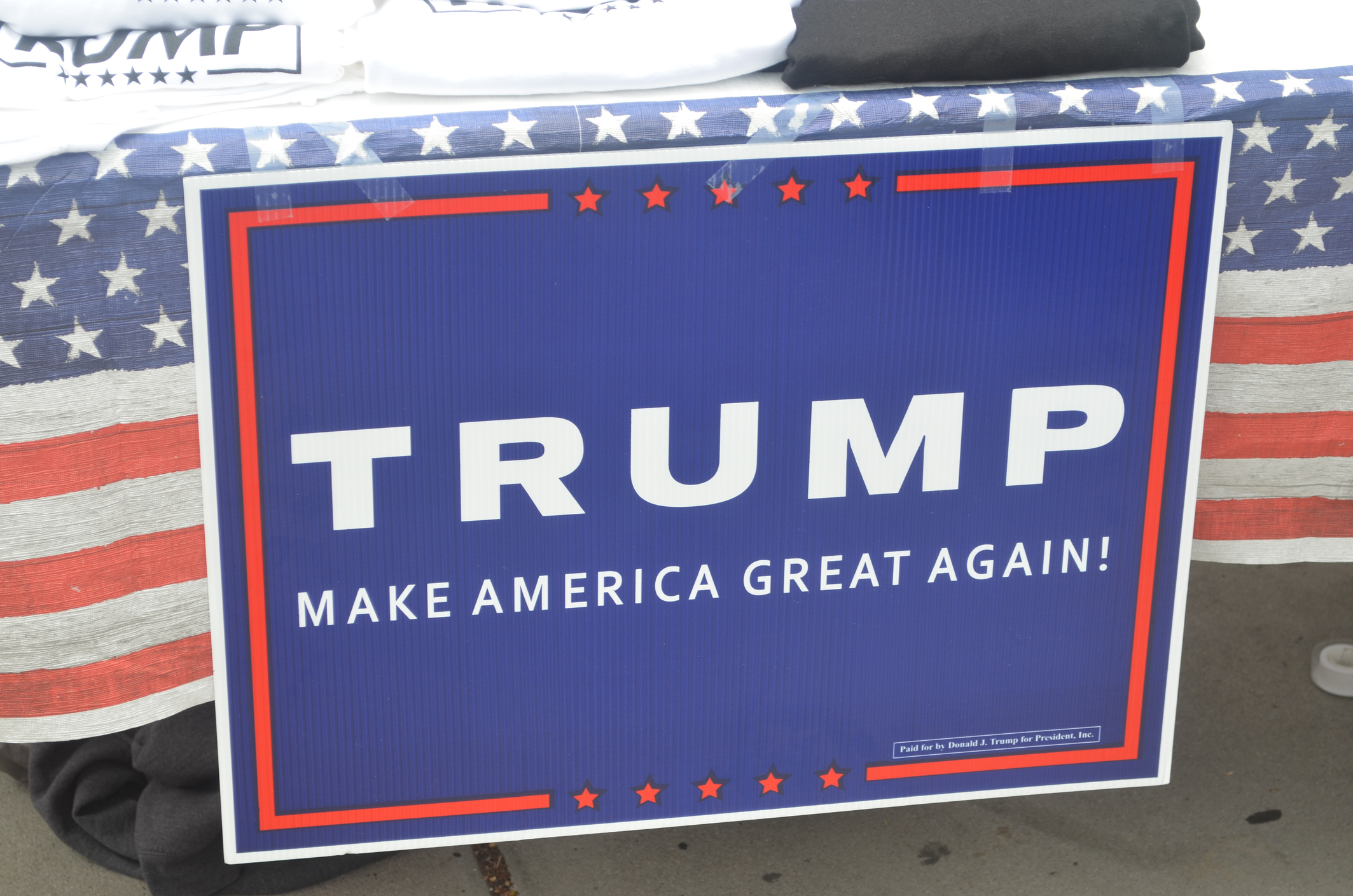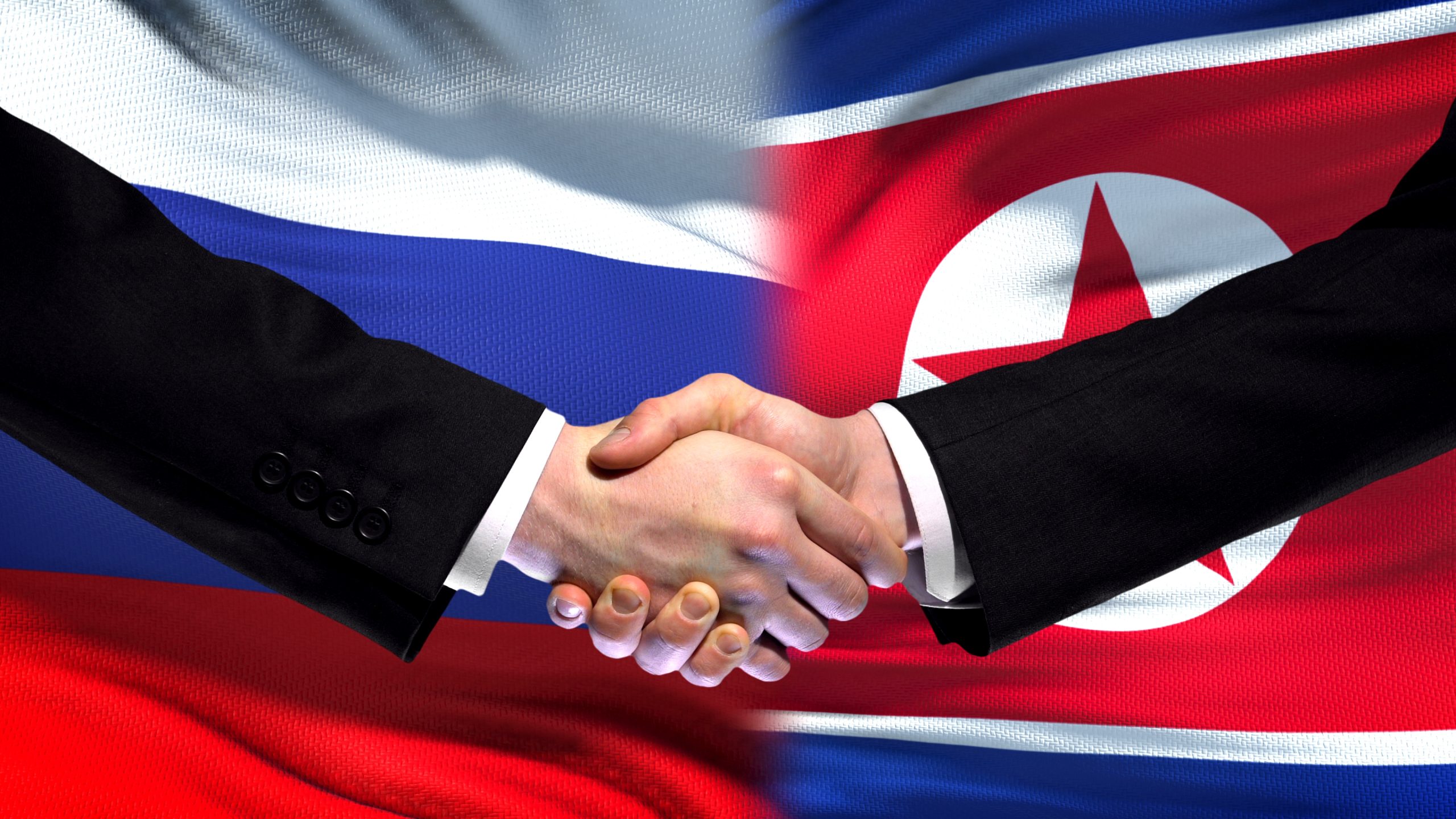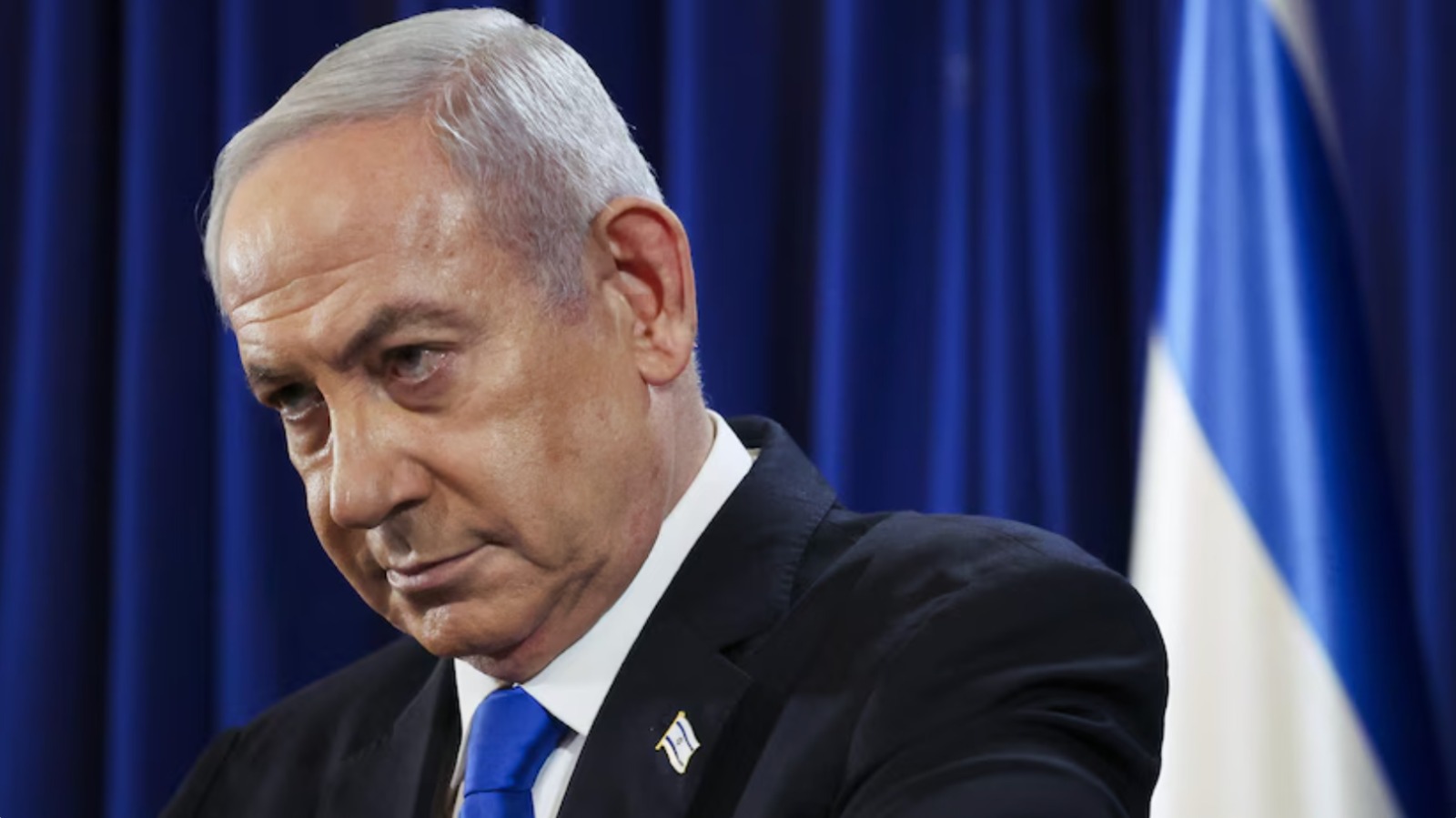
Chinese Whispers at Two Sessions 2021
Mon, 22 Mar 2021 | Reading Time: 8 minutes

The annual meetings of the National People’s Congress (NPC) and the Chinese People’s Political Consultative Conference (CPPCC), called two sessions, are the most important political meetings of the year in China, when policies for the coming year are refined and locked into place. Though NPC in China is largely rubber-stamp, the March 2021 Meetings became distinctly important, as new five-year plan for 2021-25 and longer term vision for 2035 were announced, and policies to meet the goals of those two plans were enunciated. The main themes of the NPC were internal economic and social developments. However, economic concerns and foreign and defence policies have become increasingly intertwined under President Xi. The Meetings also became a projection event for the Chinese Communist Party (CCP) prior to its all-important Centenary celebrations in July 2021. Though a few media briefings have been held, the information has to be largely pieced through, to obtain a viable picture of the Two Sessions.
The trends for the Two Sessions were visible since the Fifth Plenum held in Oct 2020. At a recent Politburo speech marking the commencement of the CCP’s centenary celebrations, President Xi had stated that, “…while we must be full of confidence, we must at the same time be mindful of dangers in the midst of stability”. In a January 2021 talk at the Central Party School, Xi had pronounced that that while China and the world were facing turbulent times, “time and momentum are on our side.” It is apparent that showcasing the fact that China was the world’s only major country to have achieved positive growth in 2020/2021, during the pandemic, was important. The CCP has been intensely fanning nationalism and augmenting the authority of President Xi Jinping, by tom-tomming the successes on economic, foreign and security policy issues. In the Two Sessions there has been a constant referral to China’s achievements by closely abiding by “Xi Jinping Thought on Socialism with Chinese Characteristics for a New Era”.
Premier Li Keqiang on 05 March 2021, unveiled the “14th Five Year Plan (FYP) (2021 to 2025) and the Long-range Objectives Through 2035” in the annual Government Work Report (GWR) to the NPC. Significantly, the following merit attention:
- The NPC and CPPCC sessions were defiant of international criticisms of Beijing’s human rights violations in the Xinjiang Uyghur Autonomous Region (XUAR) and the Hong Kong Special Administration Region (HKSAR). President Xi Jinping has spoken of China’s ability to defy foreign threats by promoting technological self-sufficiency and tightening freedoms previously granted to Hong Kong. In the NPC briefing, Foreign Minister Wang Yi remarked that China would follow “Xi Jinping Thought on Foreign Affairs” in dealing with rival countries. The “Decision to Improve the Hong Kong Electoral System” was passed on 11 March, to tackle “existing loopholes and deficiencies” and to prevent “anti-China, destabilizing elements” from becoming part of HKSAR’s power structure. In the NPC a new electoral system for picking the HKSAR’s Chief Executive (CE) and members of its Legislative Council was unveiled. The new system looks for only “bona fide patriots” to lead Hong Kong’s executive, legislative and judicial departments. It is apparent that China is prepared to accept the agitation and the risks that are bound to follow in trying to “fix” Hong Kong.
- A major project evident as part of the 2035 plan was a high-speed railway and expressway linking Beijing and Taipei (Taiwan). This is important in that it either envisages a betterment of relationship between China and Taiwan, or a forced, violent, unification! It is likely that China is in a phase of political and military preparations to achieve peaceful or violent unification of Taiwan. The significance is that China is preparing the nation for an armed conflict over the issue.
- There was a confident projection that Chinese economy will grow to double its 2020 GDP by 2035. Apparently this would mandate a steady 5 percent over the next 15 years, and may make it the largest economy in the world surpassing the US even in nominal GDP terms. The Chinese economy, which is recovering from the pandemic at a relatively fast rate, is expected to grow at 6 percent in the next year, and follow a path of “innovation-driven development so as to speed up the realization of a modern production system.” A major thrust is on “high-quality growth” and technological self-sufficiency “during an uncertain international situation.” Li also vowed to add 11 million new urban jobs, cutting the urban unemployment rate to 5.5 percent.
- China’s spending on scientific research and development has been targeted at 7 percent annual growth, largely in seven technology areas – AI, quantum computing, integrated circuits, brain sciences, biotech, health care and deep earth, sea, space and polar explorations.
- Specifically related to People’s Liberation Army (PLA), the two sessions brought out the following:
- Premier Li in the NWR had stated that PLA should seek “new, major achievements”, and follow “CMC chairman responsibility system” and “Xi Jinping Thought on Strengthening the Army.” As it is on 01 Jan 2021, China had promulgated the new defence law, which has weakened the role of the State Council – China’s cabinet – in formulating military policy, by handing decision-making powers to the CMC. In the last decade, the annual increase in China’s official military spending has outpaced its annual GDP growth, reflecting the priority that Beijing attaches to bolstering its armed forces. Premier Li exhorted the PLA to comprehensively strengthen training and preparation for warfare and ‘coordinate the strategic ability to handle risks to national safety in all directions and all arenas.’
- The PLA’s budget this year is projected at 1.36 trillion yuan ($206.16 billion), a 6.8 percent increase over last year. Contrary to other large countries, China is much less transparent about defence spending. It is well understood that the published budget in China does not cover costs for the development of new weapons. There are no details about specific spending priorities and actual defence expenditure (China follows three broad categories on defence expenditure – personnel, training and maintenance, and equipment). The conscript soldiers are from socially backward and disadvantaged sections, with highly discriminatory pay – a conscript is paid 800-850 Yuan (equivalent of Rs 8,500-9,000), an officer’s pay starts at 10,360 Yuan. In comparison to salaries of soldiers of other nations, this ‘pocket-money’ type salary of Chinese soldiers too leads to a major saving for the defence budget.
- Many defence outlays fall under the CMC, and hence outside the defence budget. People’s Armed Police(PAP), a paramilitary force charged with maintaining internal security and supporting the military in times of war, is under the command of the CMC but not included in the budget. The Chinese Coast Guard, which plays a key role in asserting China’s maritime claims and was placed under the control of the PAP in 2018, is excluded.
- The budget also does not account for aspects of China’s space program, extra-budgetary revenues from military-owned commercial enterprises, defence mobilization funds, sales of land or excess food produced by some units, recruitment bonuses for college students, and provincial military base operating costs.
- The Stockholm International Peace Research Institute (SIPRI) had estimated that Chinese defence-related expenditure actually reached $240 billion in 2019—nearly 40 percent higher than the official budget ($183.5 billion). Similarly, the International Institute for Strategic Studies put the 2019 figure at $234 billion. It is necessary therefore to mark-up the current budget 35 trillion yuan (about USD 209 billion), by about 40 percent to arrive at a realistic picture.
- China is integrating the civilian and military technology under its drive to modernise the armed forces, as per the five-year plan. The development plan includes pledges to increase programmes to upgrade its weapons systems, improve its joint combat capabilities and encourage private enterprises to work with the defence industry. A key project is plans to launch at least six aircraft carriers strike groups by 2035.
It needs to be noticed that on the sidelines of the NPC, when asked about the future of China-India relations, China’s Foreign Minister Wang Yi, made a conciliatory statement: “India and China needed to create enabling conditions for the settlement of the boundary dispute…The China-India relationship is essentially about how the world’s two largest developing countries get along and pursue development and rejuvenation together… In the year ahead, we hope India will work with China to truly deliver on the important common understanding reached by our leaders that the two countries are not threats to each other but opportunities for each other’s development.” However, actions do create apprehensions! Of immense significance to India, are the infrastructural projects for Tibet that will facilitate PLA’s mobilisation as below:
- The 14th Five-Year Plan document for National Economic and Social Development and the Long-Range Objectives Through the Year 2035. has prioritised 60 proposals, including the controversial hydro power project on Yarlung Tsangpo, or the Brahmaputra River, in Tibet, and a Sichuan-Tibet railway line near the border with India. Obviously China’s ultimate aim is to divert the Yarlung to increase irrigation within China, but also to gain leverage over India through an ability to control the flow of the river.
- Meanwhile, China will also invest nearly 190 billion yuan ($29.3 billion) to build new expressways, upgrading existing highways, and improving road connectivity and expand infrastructure in Tibet in the next five years, according to an announcement made in Lhasa by TAR’s transportation department coinciding with NPC. A Xinhua report stated that “…by 2025, the total mileage of highways in Tibet will exceed 120,000km, and that of expressways will exceed 1,300km.”
- The Sichuan-Tibet railway and the coastal railway project along the Yangtse River. China State Railway Group has planned to operate bullet trains to Tibet before July 2021. Construction on the railway line, which will link Lhasa with Nyingchi in Eastern Tibet, commenced in 2014. Marking the first electrified railroad in Tibet, this railway project will start its operations in June. The railway line from Ya’an in Sichuan to Nyingchi in Tibet is a key infrastructure project for the Chinese government. It lies just across from Arunachal Pradesh, and is the first segment of a line that will eventually run to Lhasa. It will be the second major rail link from China’s hinterland to Tibet. China is also strengthening its airbases in Tibet and upgrading them for dual-use purpose.
- As an aside, Janes’ Information Group has reported that the PLA’s Tibet Military Command is enhancing the intelligence, surveillance, target acquisition, and reconnaissance (ISTAR) capabilities of its border defence troops.
The two Sessions have clearly exhibited that China is already displaying desire to take on global leadership. President Xi had stated that “China will firmly uphold the international system” as “a founding member of the United Nations and the first country to put its signature on the UN Charter.” (As an aside, it was Chiang Kai-shek of the Chinese Nationalists (and not Mao Tse Tung) who was the founding member, and had attended the 1943 Cairo conference with US President Franklin Roosevelt and British Prime Minister Winston Churchill, which had laid the groundwork for the postwar order.)
One of the hardest problems of foreign and security policies is developing an accurate evaluation of a potential adversary’s intentions and capabilities, which are frequently separate realities. Mr Vijay Gokhale, the ex-Foreign Secretary of India writing a paper titled The Road from Galwan: The Future of India-China Relations, in Carnegie India on 10 March 2021, has concluded that “…the Rajiv Gandhi–Deng Xiaoping consensus (between India and China) is over. The two nations stand at a crossroads in the seventieth year of bilateral relations. They can go down one of four paths: a downward spiral toward armed confrontation, armed coexistence, coexistence with cooperation and rivalry, and partnership.” The future of India-China relations, hence, remains unpredictable, with a solid trust deficit in India. China’s behaviour in the South China Sea, in disputes with India and Japan, or even that shown in Alaska in the Meeting with the US in March 2021, is strongly belligerent, aggressive and accepts a high tolerance for risk-taking. Inherent is the message to the world that China has arrived at the global stage, ready to take its place under the sun!
*******************************************************************************
Author

Lt Gen (Dr) Rakesh Sharma served for forty years in Indian Army and commanded the Fire and Fury Corps in Ladakh. He was Adjutant General of the Indian Army, and is currently DISTINGUISHED FELLOW with CLAWS. He is a prolific writer and lectures on geo-strategic and military matters.
Disclaimer
The opinions expressed in this article are the author’s own and do not reflect the views of Chanakya Forum. All information provided in this article including timeliness, completeness, accuracy, suitability or validity of information referenced therein, is the sole responsibility of the author. www.chanakyaforum.com does not assume any responsibility for the same.
Chanakya Forum is now on . Click here to join our channel (@ChanakyaForum) and stay updated with the latest headlines and articles.
Important
We work round the clock to bring you the finest articles and updates from around the world. There is a team that works tirelessly to ensure that you have a seamless reading experience. But all this costs money. Please support us so that we keep doing what we do best. Happy Reading
Support Us




















POST COMMENTS (2)
RC PATIAL
KVS Lalotra